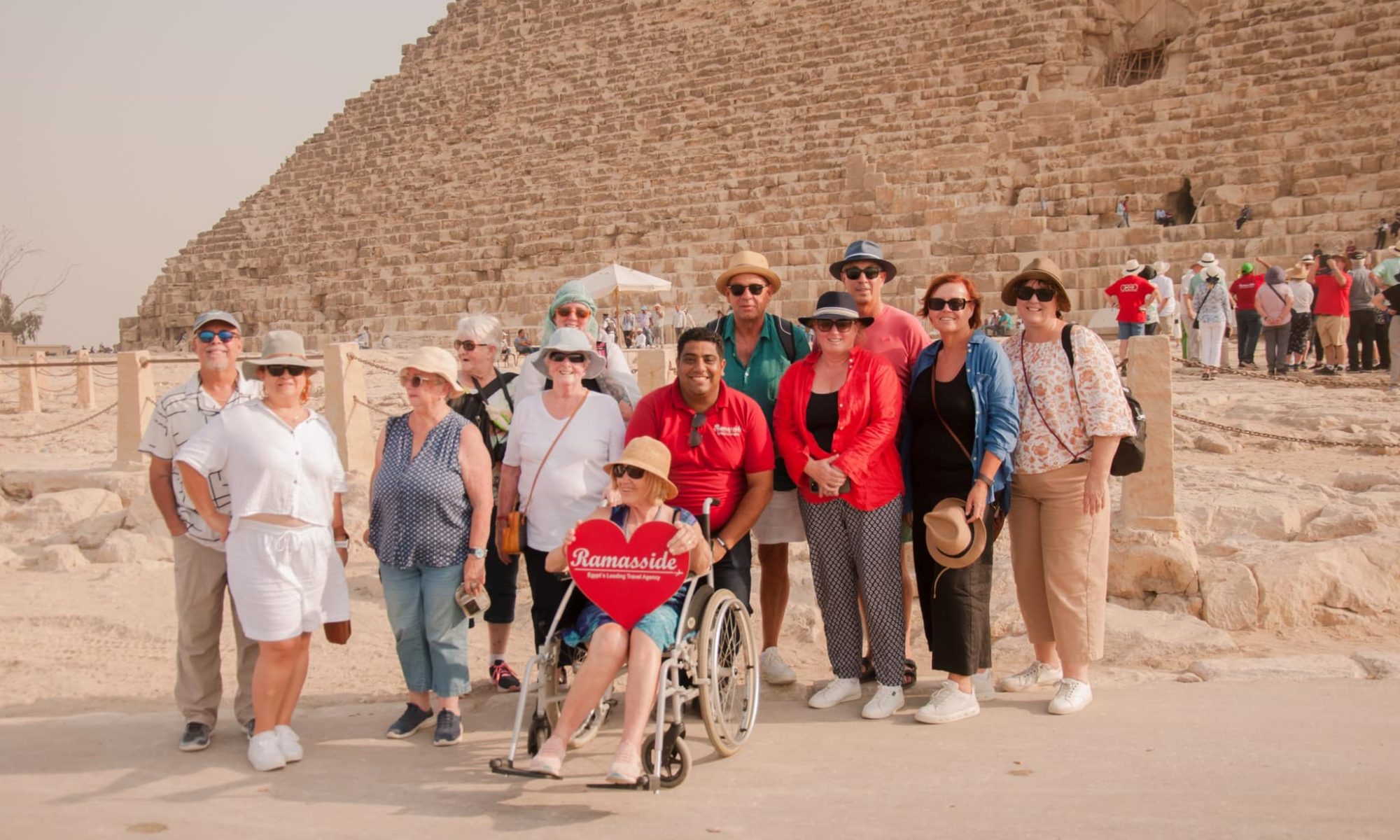
King Merneptah was a prominent ruler of ancient Egypt during the 19th Dynasty of the New Kingdom period. His reign is notable for its military campaigns, the mention of the Israelites in the Merneptah Stele, and his contributions to the cultural and architectural legacy of ancient Egypt.
1. The Pharaoh’s Background
Merneptah, whose name means “Beloved of Ptah,” was the thirteenth son of Ramesses II (Ramesses the Great) and his queen, Isetnofret. He ascended to the throne of Egypt around 1213 BC after the long and prosperous reign of his father.
2. Military Campaigns
One of the most significant aspects of Merneptah’s reign was his military campaigns. He conducted several campaigns in North Africa and the Levant, where he faced challenges from various rival nations, including the Libyans, Sea Peoples, and other local adversaries.
3. The Merneptah Stele
The Merneptah Stele, also known as the Israel Stele, is a granite inscription erected by King Merneptah in the Theban region of Egypt. It is famous for containing one of the earliest known references to the Israelites, possibly as a people or group in Canaan. This historical artifact provides valuable insights into the geopolitical landscape of the time.
4. Architectural and Cultural Contributions
During his rule, Merneptah was responsible for the construction of several monuments and temples. He continued to build and restore various temples throughout Egypt, contributing to the country’s architectural and cultural heritage.
5. Succession and Legacy
Merneptah’s successor was his son, Seti II, but his reign was marked by some degree of instability. After Merneptah’s rule, the 19th Dynasty faced challenges, including power struggles and dynastic conflicts.

